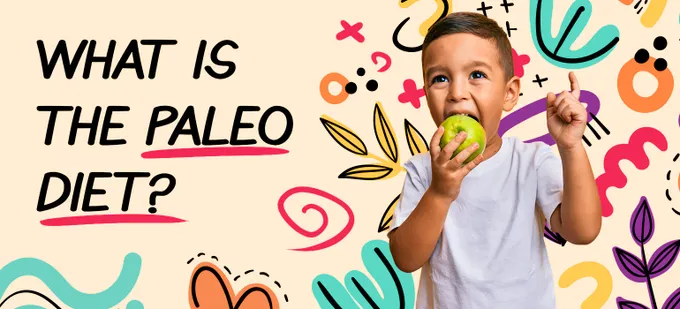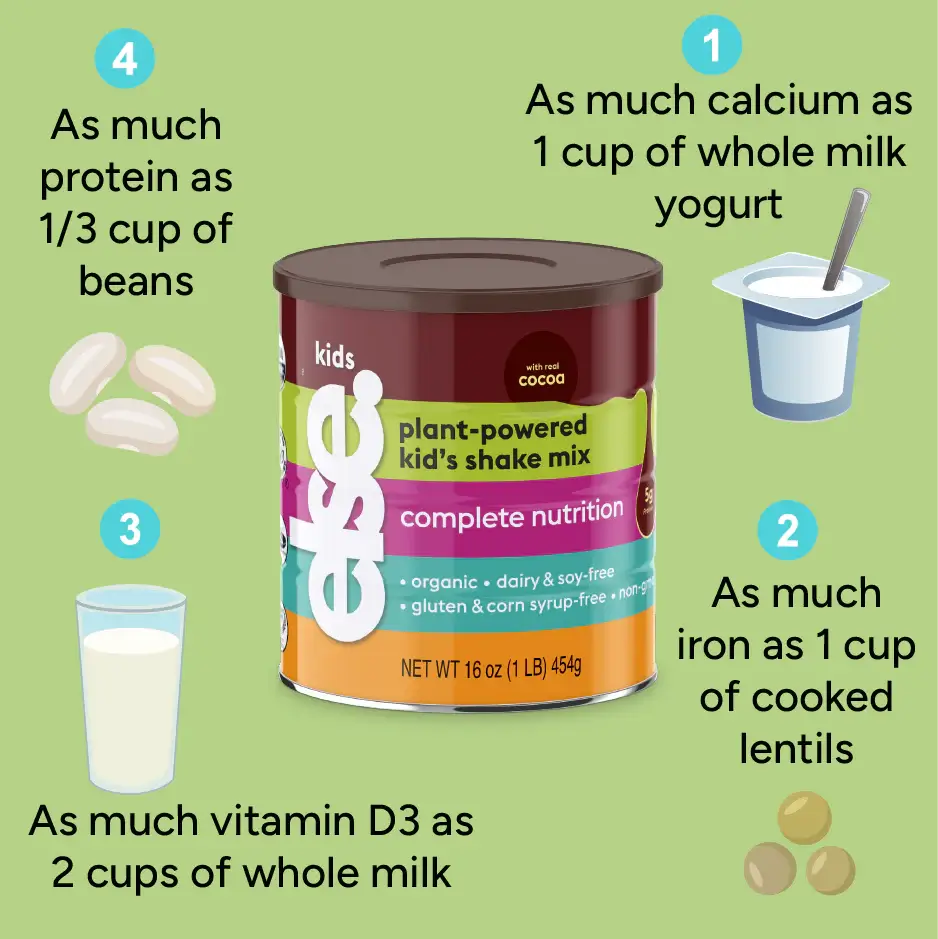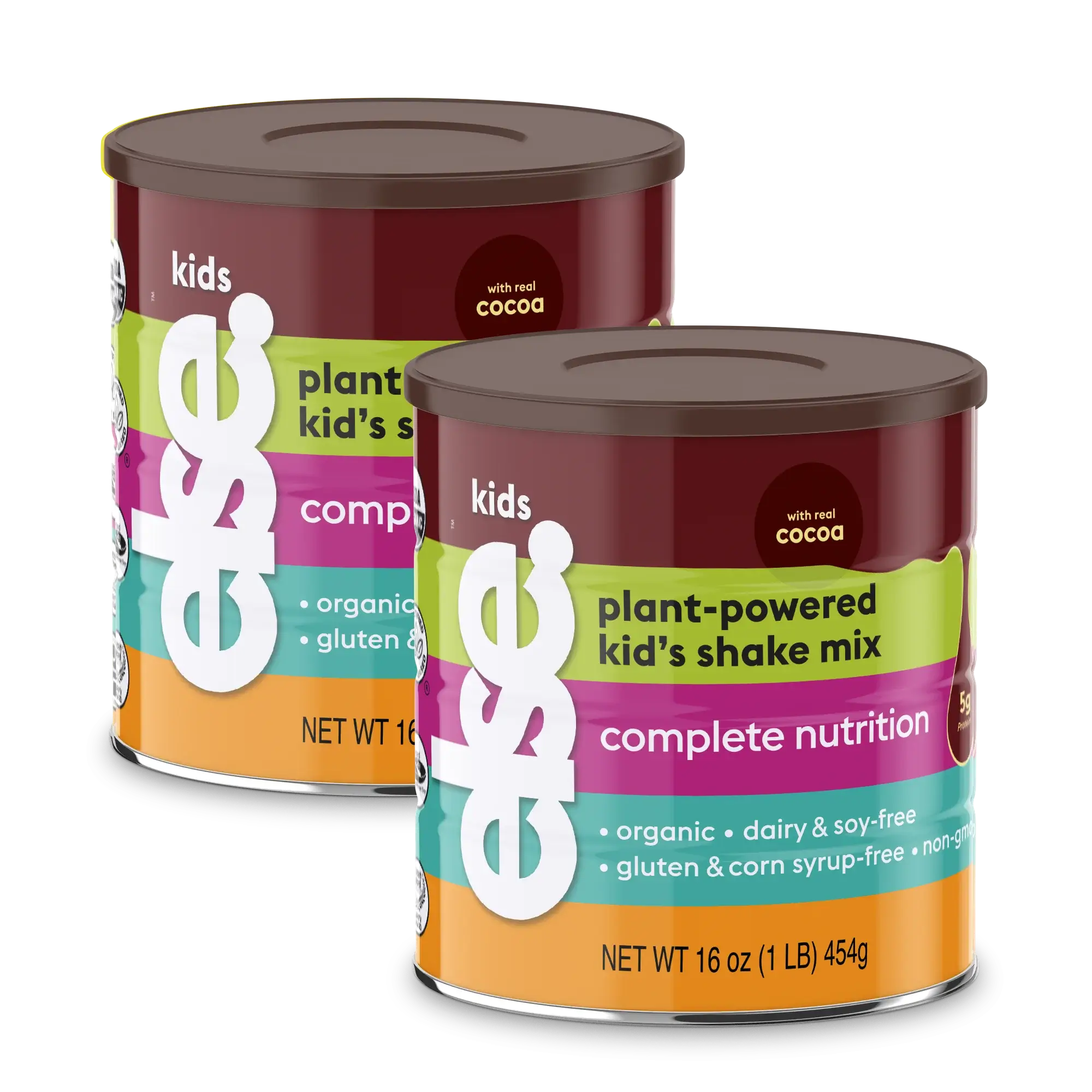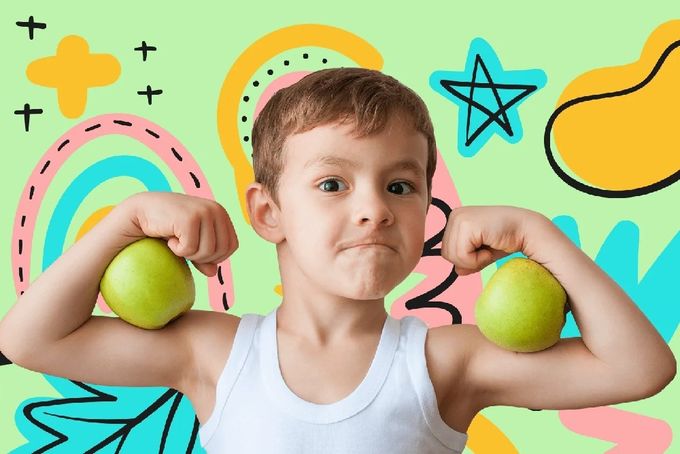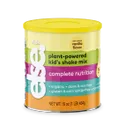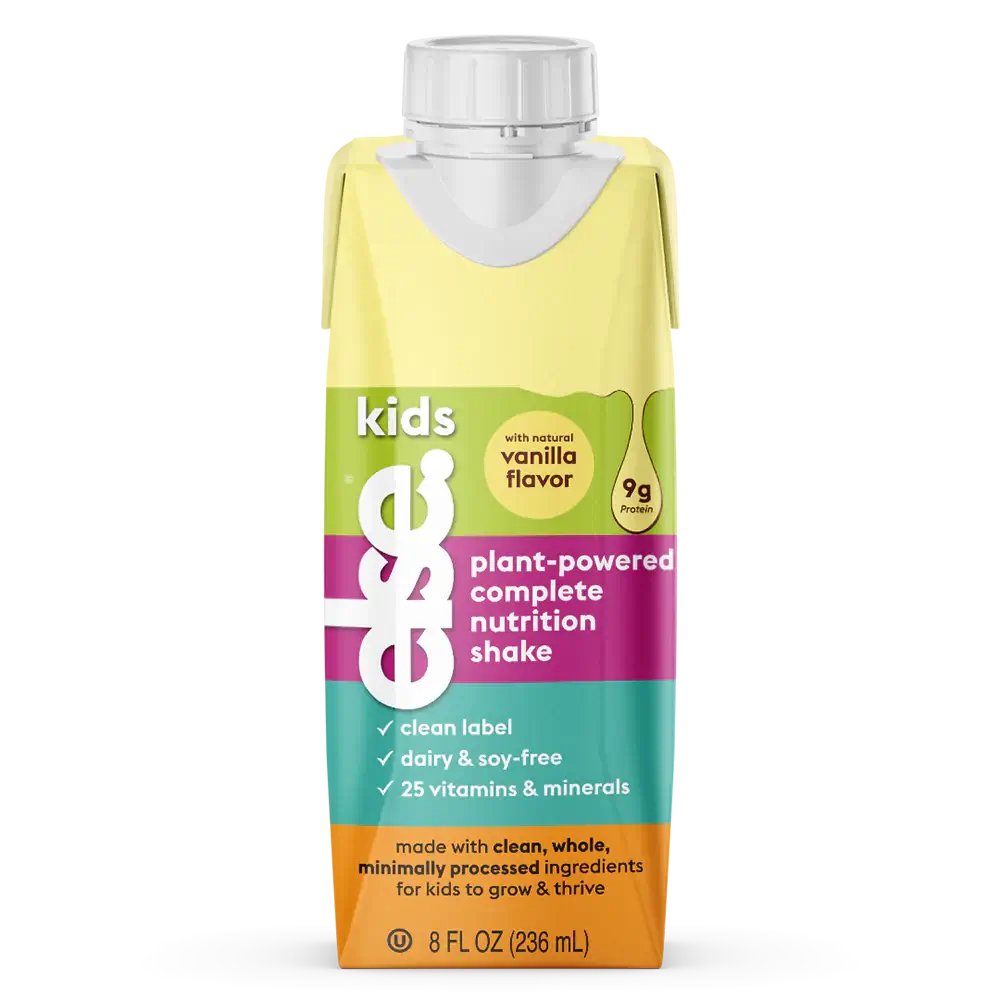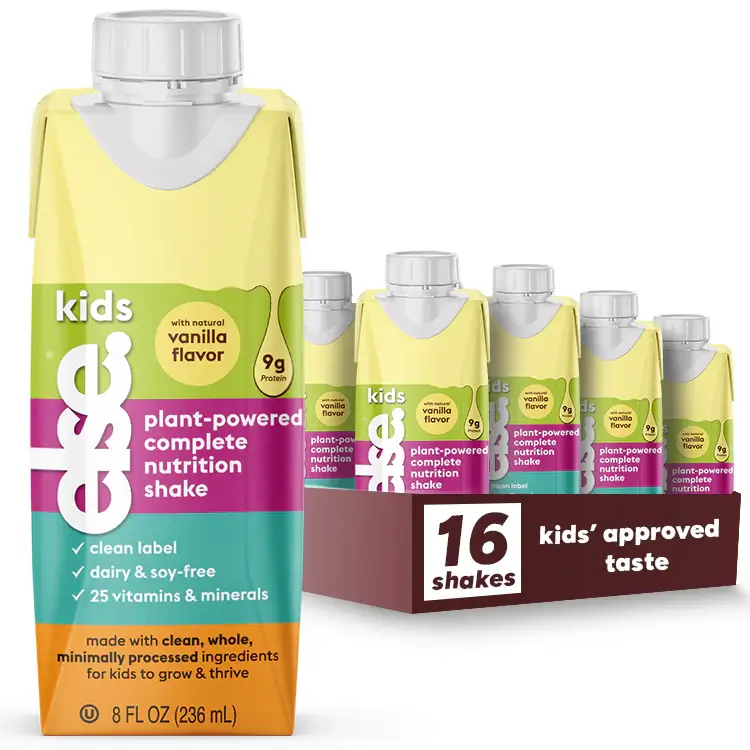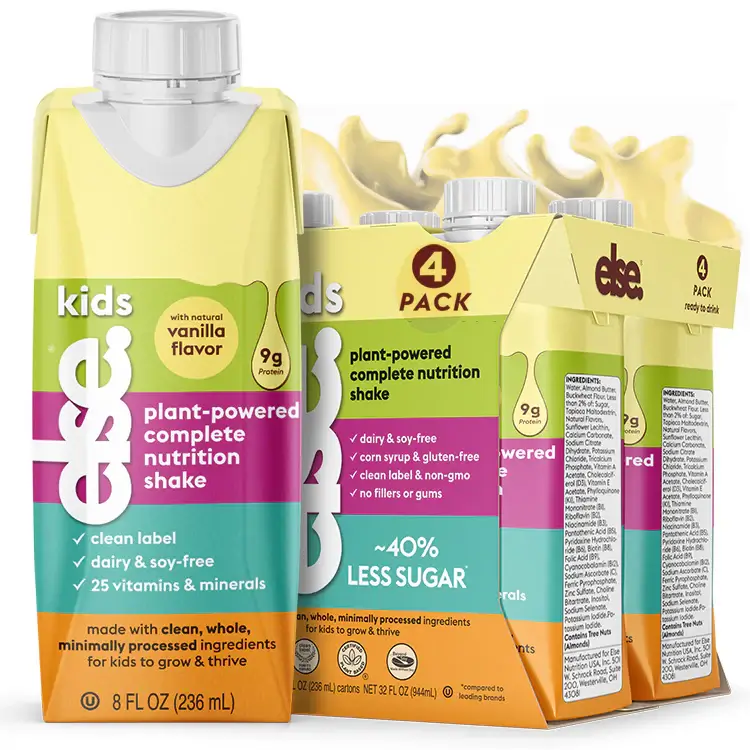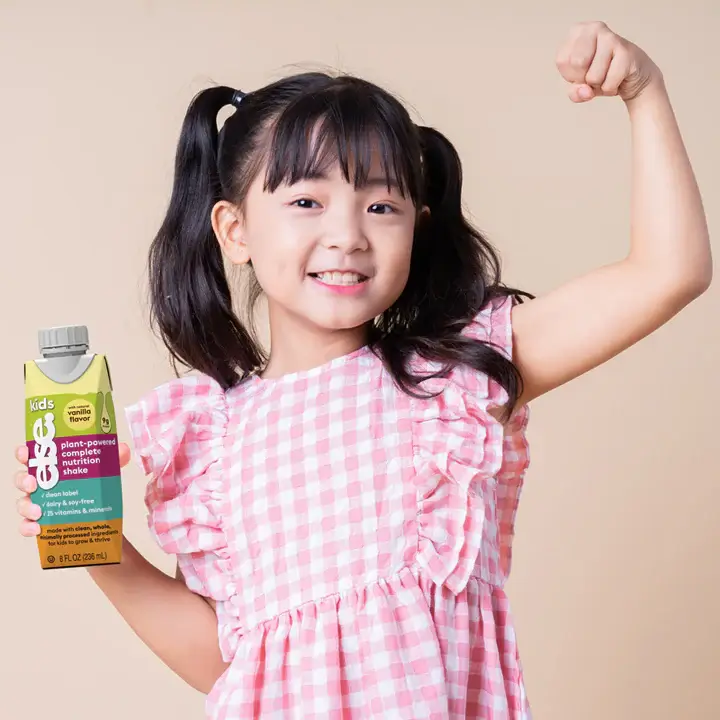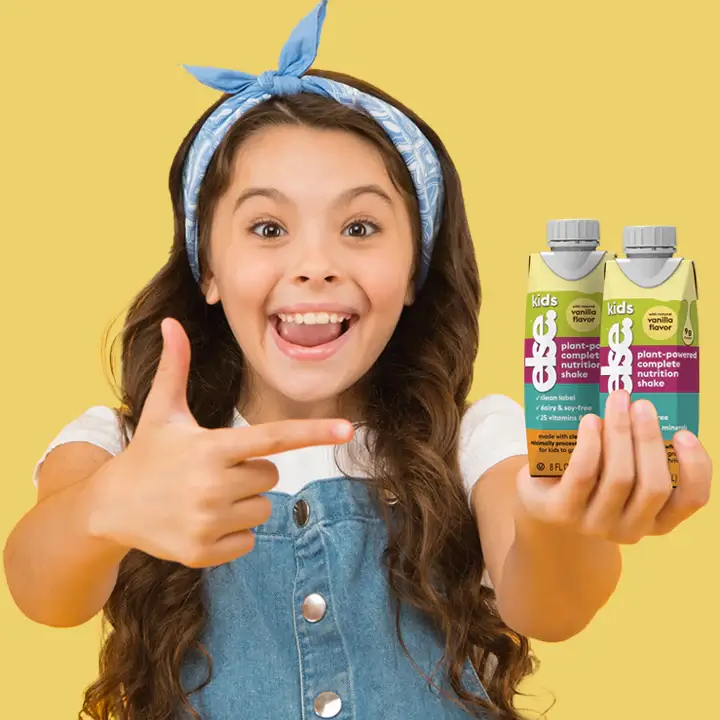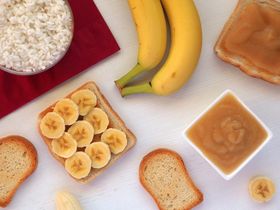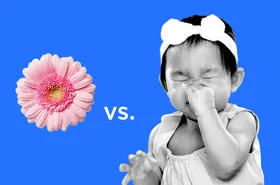Paleo Diet for Kids: Pros and Cons
Exploring the Paleo diet for kids? Uncover the pros and cons to make an informed decision about whether it's suitable for your child's nutritional needs and overall health.
Updated April 26, 2024
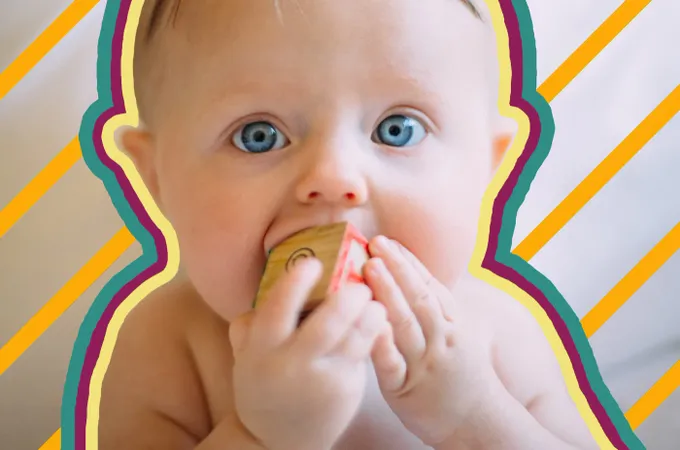
The Paleo diet is a way of eating that only allows the foods that our ancestors may have eaten in hunter-gatherer times. The time of the cavemen is commonly called the “Paleolithic era,” and is where the term “paleo” was derived.
From a high-level view, this way of eating sounds healthy. Many adults have jumped on the Paleo bandwagon, with a goal of eating more whole foods and fewer processed foods.
But, what about the Paleo diet for kids? Is the Paleo way of eating safe for kids? Is it nutritionally adequate?
Before answering these questions, it’s essential to better understand what the Paleo diet is and the unique nutritional needs of children.
What is the Paleo diet?
The Paleo diet is designed to very closely mimic how our ancestors ate in pre-agricultural, hunter-gatherer times. It is often also coined the “caveman diet” for this reason.
The Paleo way of eating promotes the consumption of whole foods and fewer processed foods. The diet is heavily focused on grass-fed proteins, wild-caught fish, nutritious fruits, vegetables, nuts, and seeds.
Any food that was developed after the agricultural era is not allowed. This includes any grains, dairy, legumes, sugar, and processed foods.
While the traditional caveman diet varied in the type of food consumed depending on what was available, today’s Paleo diet is more specific in its limitations.
To further break it down, here is what is allowed and not allowed on a traditional Paleo diet:
Allowed
- Grass-fed meat
- Wild caught fish
- Eggs
- Fruits
- Vegetables - other than white potatoes and yucca
- Nuts and seeds
- Herbs and spices
- Healthy fats and oils - such as olive oil, canola oil, avocado oil
Not Allowed
- Most dairy - almost all dairy products are avoided, with the occasional exception of full-fat butter and cheese
- Grains - all bread, pasta, wheat, spelt, rye, barley, and any other whole grain is not allowed
- Starchy vegetables - white potatoes and yucca are not allowed
- Legumes - all beans and lentils are avoided
- Processed foods - Any products in a box or can are considered processed. Additionally, any products that are labeled as “diet” or “low-fat” are frowned upon since they have been processed in some way.
- Artificial sweeteners and sugar - All artificial sweeteners are avoided, including aspartame, sucralose, saccharin, and acesulfame potassium. Natural sweeteners such as stevia or monk fruit are allowed.
- Sugar and high-fructose corn syrup - Any sugary drinks or foods are not allowed - such as soda, fruit juice, or table sugar. Sweets such as chocolate, cake, cookies, ice cream, or pastries are also not allowed.
- Vegetable oils - certain vegetable oils considered pro-inflammatory are not allowed, such as cottonseed oil, grapeseed oil, safflower oil, corn oil, sunflower oil, and soybean oil.
- Trans fats - margarine, shortening, or any other trans-fat containing products
Since the Paleo diet is very heavily focused on whole, anti-inflammatory foods, there are several health benefits for a certain subset of the population.
Is there research behind the Paleo diet?
There are research studies on the health benefits of Paleo, but most are very small studies with poor design methods.
One 2007 study was conducted that involved 29 participants with heart disease. Subjects were assigned to either a Paleo diet or a Mediterranean-style diet for 12 weeks.
The participants in the Paleo group saw a bigger decrease in their glucose levels as well as more significant decreases in waist circumference.
Specifically, those following Paleo saw a 26% reduction in glucose levels compared to 7% in the Mediterranean group. Those on Paleo lost an average of 5.6 cm in their waist circumference compared to 2.9 cm in the Mediterranean group.
Another small 2009 cross-over study tested the effects of the Paleo diet on cardiovascular disease risk.
There were 13 diabetic participants divided into 2 groups - where they followed either a paleolithic diet or a traditional diabetes diet for 3 months.
Those who followed the Paleo diet lost 6 lbs more and 4 cm more off their waistline than the diabetic diet group. Lab markers were also improved more significantly in the Paleo group - including hemoglobin A1C levels, HDL levels (the “good” cholesterol), and triglycerides.
Some studies show potential for the Paleo diet to improve health. However, larger studies of longer duration are needed to confirm its effectiveness.
Potential Benefits of the Paleo Diet
There are several possible benefits of the Paleo diet for adults and kids alike:
- Encourages whole, unprocessed foods - Paleo eating emphasizes a healthy diet filled with whole foods that don’t come in a package. This can promote health, as research shows consuming too many processed foods can lead to overeating and weight gain.
- Nutrient-dense - Many of the foods on the Paleo diet are highly nutritious, such as grass-fed meat, wild-caught fish, fruits, and vegetables.
- Low in added sugar - The Paleo diet does not allow added sugars, which are found in many processed foods. Research shows added sugar intake to be associated with an increased risk in a number of chronic diseases including obesity, diabetes, and cardiovascular disease.
- Devoid of trans fats and unhealthy oils - The Paleo diet does not allow trans fats or pro-inflammatory oils, which can be detrimental to our health in any amount.
Potential Downsides of the Paleo Diet
- Time-consuming to prepare - Following a Paleo diet can be time-consuming, as it requires you to cook essentially all of your healthy food from scratch. This may be difficult for many who lead busy lives to stick to.
- Expensive - Grass-fed meat and wild-caught fish tend to be more expensive, and therefore the long term, this healthy diet may be difficult to follow on a budget.
- Deficient in certain key nutrients - The Paleo diet restricts certain foods that are good sources of calcium, vitamin D, and B-vitamins. Following this diet long-term can lead to deficiencies if these nutrients are not supplemented otherwise.
Is Paleo safe for kids?
The Paleo diet surely has some health benefits for adults, especially when directly comparing it to the typical American diet. However, there are no studies that have directly tested the safety and effectiveness of the Paleo diet for children.
Some elements of the Paleo diet are appropriate for kids, but it may be too restrictive. This is because it requires you to completely avoid certain foods that provide important nutrients for proper growth and development.
It is also incredibly common for children to be picky eaters. Therefore, many are likely already limiting the type of food they’re eating out of preference.
Placing additional restrictions on a child’s diet, by adopting a Paleo diet may be counterproductive.
A child’s brain and body are constantly developing, and they require certain vital nutrients. According to the 2020-2025 Dietary Guidelines for Americans, those who are 2 years and older should follow a healthy eating plan that includes the following key foods:
- Fruits and vegetables
- Whole grains
- Dairy and dairy-alternatives
- A variety of protein foods - meat and vegetarian sources
- Oils
Ensuring Essential Nutrients for Children on a Paleo Diet
Particular nutrients of importance for children include iron, calcium, vitamin D, folic acid, and fiber.
It is concerning that whole grains and dairy products in particular are restricted on Paleo, as they both contain essential nutrients for kids. Calcium and vitamin D in dairy are vital for a child’s bone growth and development, and preventing osteoporosis later in life.
Dairy products and non-dairy alternatives are often the number one calcium source in a child’s diet. Other calcium sources may include fish bones and leafy green vegetables.
However, calcium-containing vegetables contain compounds called phytates that make it difficult for much of the calcium to be absorbed in the body.
Dairy alternatives are necessary on a Paleo diet for kids to ensure adequate calcium and vitamin D are provided. Else Nutrition offers supplemental toddler formulas and kids nutrition shakes that can help fill in these gaps.
Both Else products are good sources of calcium and vitamin D, both of which are often lacking on a paleo diet.
Balancing Nutrient Intake for Children
Whole grains are also an important part of a child’s diet, as they provide many of the shortfall nutrients that can be lacking on a Paleo diet. This is especially the case in regards to having an adequate intake of fiber, folic acid, and iron.
While the Paleo diet has some positives, it is generally too restrictive of crucial nutrients for a child’s growth.
Following a more middle of the road approach by encouraging more whole foods and less processed foods is ideal, without directly restricting any food groups.
How do you get your kids to eat Paleo?
If you want your child to follow a more Pale-leaning diet, practicing patience is key. It may take several tries until your child is more open to Paleo-approved foods.
One of the best things you can do is to show your child you are eating that way too. Your child wants to be like you, and so it is less intimidating to them when they see you also eating the same foods.
You also want to make sure your child is getting all the nutrients they need. Bump up their fiber intake by encouraging them to eat plenty of fruits and vegetables. This will help make it easier to get the amount they need per day.
It is also recommended to have your child start on a multivitamin that contains 100% of the RDA of the shortfall nutrients calcium, vitamin D, folic acid, and iron.
You can make your Paleo meals more kid-friendly, such as slicing your wild-caught fish into fish sticks, offering their favorite pre-chopped fruits and veggies, and sprinkling seeds into a nutritious smoothie.
Adding a daily kid-friendly shake such as Else Nutrition toddler or kids shakes can provide a delicious boost of nutrition for your child.
Will Paleo have enough carbs for kids?
Children need carbs for proper energy and focus. In fact, research shows that 40-55% of a young child’s diet should come from complex carbs such as whole grains, dairy or non-dairy alternatives, beans, legumes, fruits and vegetables.
While too many added sugars and processed grains can lead to health issues, whole grains are fortified with important nutrients for children. Beans and legumes also provide fiber and needed vitamins, which are not allowed on Paleo.
Paleo is considered a moderately low carb diet, as it does not permit any grains, legumes, dairy, added sugars, and most starchy vegetables.
Even though Paleo is not identified as a low carb diet, by nature it is much lower in carbs than a traditional diet. It is therefore likely not enough to support a child’s growth and development without supplements.
What’s the concern with grains, dairy, and legumes?
Proponents of Paleo have concerns with these foods because they were discovered after farming started to take place.
Once farming began, it rapidly changed what people were eating where dairy, grains, and legumes became additional staples in our diet. Because this change happened quickly, some experts questioned if our body’s digestive system had time to adapt to this.
Paleo advocates say that the human body was naturally designed to tolerate the foods on the caveman diet. The reasoning behind the Paleo diet is that the human body was not genetically prepared to tolerate the modern diet that emerged with farming practices.
There is concern that consuming dairy, grains, and legumes contributes to obesity and many of the inflammation-related health problems we face today.
However, there is no evidence to support this theory.
If I’m following Paleo, should my child be also?
Not necessarily. Paleo is different for adults than kids. Children are in a critical stage of development and may require important nutrients that paleo is devoid of - such as calcium, vitamin D, and folic acid.
Children also need complex carbs like whole grains to fuel their activity. Most children are constantly moving (and growing!) and grains like whole wheat bread and whole grain starches are a primary source of fuel for them.
Adults following Paleo may be able to get in enough starchy veggies to provide this energy, but this may be much more difficult to do in a picky child.
The Paleo diet is also heavy in meat products. Too much meat, especially red meat, can increase saturated fat levels in the body. This can have a bigger effect on kids’ health than adults, according to a 2017 research review.
Bottom Line
If you choose to have your child follow paleo, it’s recommended to take a more moderate approach that isn’t as restrictive as an adult’s diet.
Encourage more whole, unprocessed foods from all food groups while limiting added sugars and saturated fats. Offering a variety of healthy foods to children will help reduce picky eating and provide much needed nutrition for optimal growth.
Supplement your child’s diet with nutritional shakes such as Else Nutrition dairy-alternatives if you’re concerned with your child’s calorie intake. Always speak to your child’s pediatrician about vitamins and supplements that may be needed to meet their nutritional needs.
If you decide paleo is for you and your family, here are 15 amazing paleo recipes to get you started.
Paleo-Friendly Recipes for Kids
🍗Paleo chicken nuggets
These baked chicken nuggets are delicious and are a healthier alternative to frying. They are protein-packed to help your little one grow, and we promise they won’t miss the breading!
🫐Simple Paleo Blueberry Muffins
These grain-free muffins are made instead with almond butter and almond flour to provide texture. Your child will eat these right up!
🍫3-Ingredient Snack Bars
These incredibly simple and nourishing paleo snacks only contain 3 natural ingredients - nuts, dates, and cacao powder, so you don’t have to worry about hidden sugars or additives. Make a large batch ahead of time and have them on the ready when your child’s hunger strikes!
🍌Paleo Banana Pancakes
These paleo-friendly pancakes are sure to please. The bananas provide a source of natural sweetness, and the almond butter and eggs are a great way to sneak in some extra protein into your little one’s diet.
🥦Chicken and Broccoli
This yummy chicken with broccoli is super quick to make and is so much healthier than takeout. This paleo meal recipe uses all clean ingredients, is simple to make. Since the recipe calls for coconut aminos instead of soy sauce, it is also much lower in sodium than traditional recipes.
🧡Bite-Sized Raspberry Popsicles
These super-simple popsicles are paleo-friendly and free of added sugars. With the natural sweetness of the raspberries, your little one will surely ask for another.
🌱Rocket Smoothie
This protein-packed smoothie is both delicious and nutritious. It contains high quality plant-based protein from Else Nutrition, as well as nourishing fruits and vegetables to support your little one’s immune system.
💝Chocolate Goji Berry Cookies
These super simple cookies contain only natural sweeteners such as maple syrup, so you don’t have to worry about added sugars. They are also packed with nutritious ingredients such as goji berries and hemp seeds, which provide needed fiber, vitamins, and protein for your little one.
🍕Pizza Egg Bites
These super easy and yummy egg bites are a nutritious meal for your little one. They provide a good source of protein as well as essential nutrients.
🧇Greek Yogurt Fluffy Waffles
These yummy waffles pack a protein punch compared to regular waffles with their added greek yogurt and eggs. Plus, your child will love the fluffy texture!
🫐Blueberry Banana Chia Pudding
This paleo-friendly chia pudding is the perfect way to jazz up your child’s morning meal or afternoon healthy snack! It’s packed with health-promoting fiber, Else Nutrition plant-based protein, and provides a natural sweetness your child will love.
🎣Paleo Battered Fish
This grain-free battered fish is sure to please an entire family. Fish contains healthy fats to support your little one’s brain as well as high-quality protein for growth. The best part is it can be made in less than 30 minutes.
🥩Paleo Italian Meatballs
Even if your child is not a meat eater, they will love these meatballs. With a combination of lean meat of the turkey and ground beef, they are a perfect combination of good quality protein without all the fat.
🍠Roasted Sweet Potato Bites
Sweet potatoes are a favorite for many children, as they have a preference for sweeter foods. Not only is this recipe delicious and easy, but it is nutritious too. Sweet potatoes are a great source of fiber for healthy digestion, as well as beta carotene for your little one’s vision.
🍏Easy Homemade Applesauce
This incredibly easy applesauce will become a favorite in your household. It contains only 4 ingredients and plenty of nutrient-rich apples. Even if your child is not a fruit lover, this recipe will surely be a crowd pleaser.
The content and advice provided in this article is for informational purposes only and is not a substitute for medical diagnosis, treatment, advice for specific medical conditions. Always consult a pediatrician to understand the individual needs of your child.





